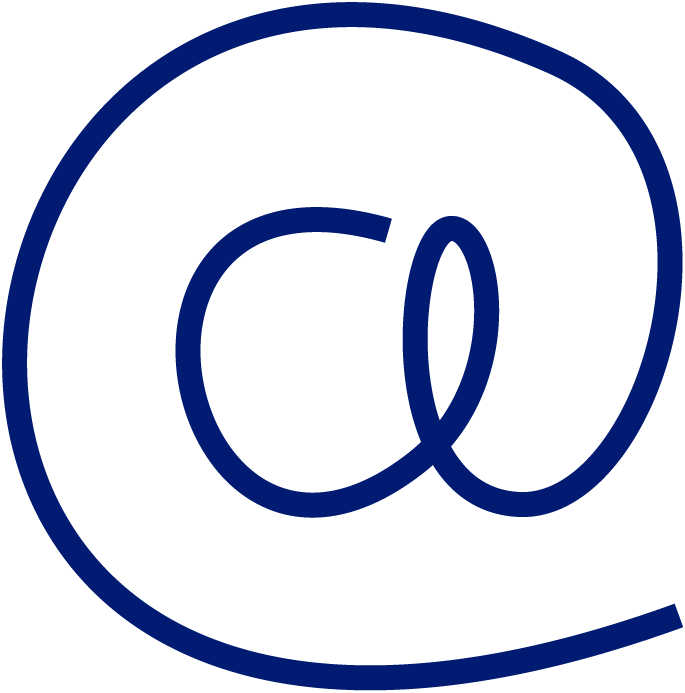
How to use the SAMR model to convert training courses to distance learning
The SAMR model has been defined by Ruben Puentedura. It provides an interesting perspective on converting training courses based on classroom learning into full distance-learning courses. Existing digital content and new tools will be used. As well as solutions and methods to gradually redefine what takes place in the classroom and/or add new instructional tasks that were previously impossible.

Let's find out more about the four letters of the model. Using them, we present a few ideas based on experience gained in designing and running distance learning courses.
S for Substitution
“Technology acts as a direct substitute with no functional change”
Here we will focus on fully replacing in-class training with distance learning or integrating synchronous sessions into a course. These courses will vary in length and be based on extended or condensed instructional scenarios as explained by François Debois here.
In terms of tools for virtual classes, Zoom and Teams are the big winners of 2020, as officially confirmed by Jane Hart's 2020 ranking. These technologies offer remote synchronous experiences and can even replace classroom sessions in a distance learning course presented in François Debois’ article above.
Here, the challenge for the teacher lies in engaging participants by using features already integrated into the selected solution or using external tools to give learners an easy learning experience similar to being in the classroom.
Here are some ideas for achieving this goal:
- Capitalise on the simplest features of the virtual classroom tool you use, such as the comments thread. This will encourage learner participation and content creation.
- Alternate between presentations and individual or group work. Note that in her panel analysis, Jane Hart mentions the trend of getting “Back to basics”. PowerPoint ranks among the most widely used tools in 2020 for presenting content, because it offers a variety of animation features (images, videos, etc.) that will keep learners focused.
- Use free digital animation tools (Answer garden, Wordart, Sentimy, Rebus-o-matic, etc.), features embedded in your virtual classroom solutions (such as whiteboards for a brainstorming session), or solutions with a freemium model (Wooclap, Beekast, Klaxoon, etc.). These tools allow you to create the content produced in class on digital boards or non-digital tools (such as paperboards, post-its, etc.).
To be sure you create a good learning climate, notification emails should provide clear access to information and reassure and value learners. Encourage active learner involvement throughout the virtual class and allow breaks as in face-to-face sessions.
A for Augmentation
“Technology acts as a direct tool substitute for an analogue activity, but with functional improvements”
Digital tools often allow you to do more than merely substitute a task. It can be enhanced with actions that were previously supported elsewhere and produced less immediate interaction and capitalization over time.
For example, today it is possible to:
- Instantly get the results of a quiz done alone or in groups on a digital application, and respond fast,
- Let participants vote in a comment thread, and let the trainer respond and discuss the most popular comments,
- Include expression of feelings, approval and moods by using a pre-defined alphabet with emoticons,
- Engage learners in the course (self-diagnosis, video viewing, blog post, or e-learning module) to begin their training whatever the format of the course,
- Encourage joint productions on shared documents to which learners can later refer. Learners create content as they do in the classroom and build on it in synchronous or asynchronous mode (digital walls, shared documents in Teams, Google drive, etc.). In a virtual classroom, a teacher can therefore focus more on reproducing and enhancing content: the learner is more central to the course and the trainer uses their talent to augment this content and facilitate social learning between participants. Note that in asynchronous mode, group learning is possible via a social media website to encourage dialogue, value learners and develop content,
- Instantly share web links viewable on any device thanks to the chat thread,
- Change the classroom to work in sub-groups and even change the background to help participants understand the instructional scenario.
- Attach useful files such as case studies.
Discover how Cegos can help you convert your in-class training into a blended or distance-learning course. Contact us
M for Modification
“Technology allows for significant task redesign”
Learners cannot go back over what happened in a real classroom. However, with virtual classroom solutions, they can view recorded sessions again. They can also listen to the explanations given and review content in a working situation.
The latest meeting with the Cegos Innovation Cluster showed how technology allows for event-based learning, with or without gamification, using a broad panel of tools and methods that redefine the task. For example, in a classroom course converted to distance learning, Energy formation used virtual reality to provide remote training in operational tasks while remaining on site. The trainer explained the actions to be done at the workstation without the need for participants to move.
This meeting also showed that bespoke courses staggered over time are becoming more event-based, even in distance learning. IFP School used this via Teams in a virtual classroom throughout the course to facilitate and gamify conversations.
R for Redefinition
“Technology allows for the creation of new tasks previously not possible”
One unique example consists in asking participants to select the training sprint that best suits their profile. It is included in the #UP collection and explained here. This customization is used in the virtual classroom by the trainer and supported by the technology present in the LMS. A new task not previously possible can therefore be created remotely. It will also serve as a second virtual class to actively encourage participation, with evidence of transposition and feedback on actual practices in a work situation.
The SAMR model provides good guidance on switching from in-class to distance learning. It allows the course to remain as easy as possible, avoiding a digital cognitive overload that can be detrimental to the learning process.
Find out more about Cegos' expertise in converting classroom training to distance learning. Contact us.








